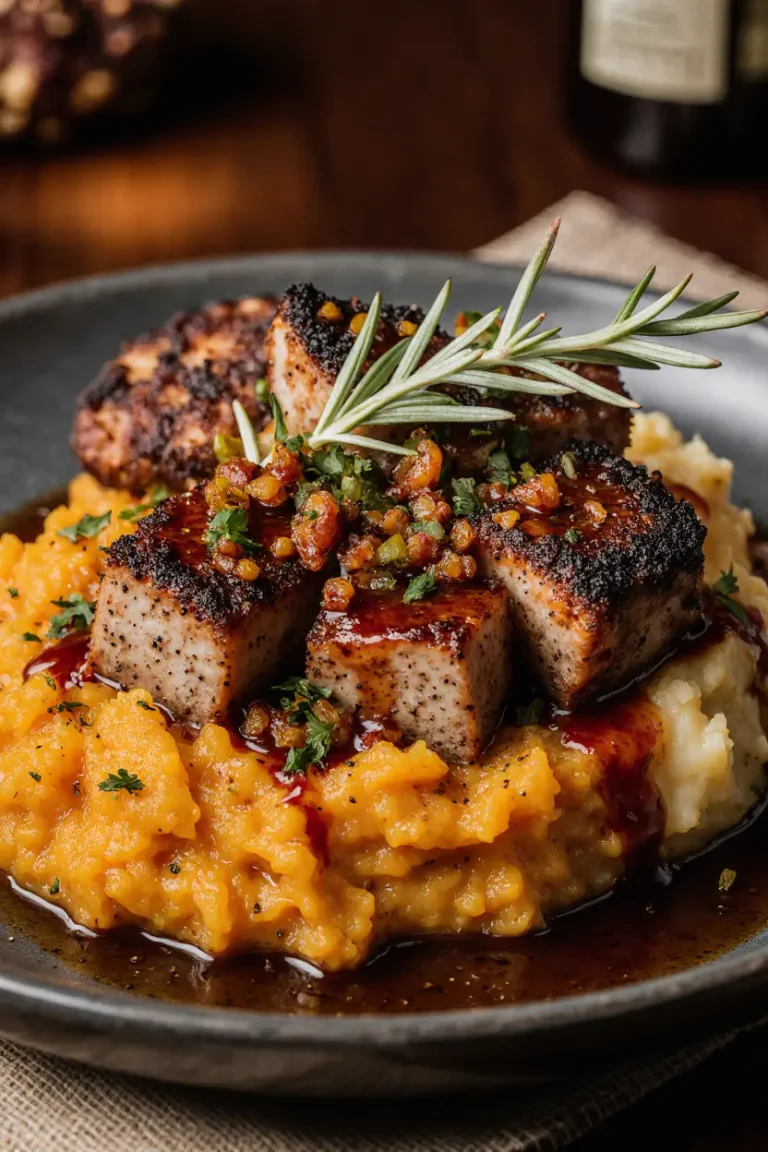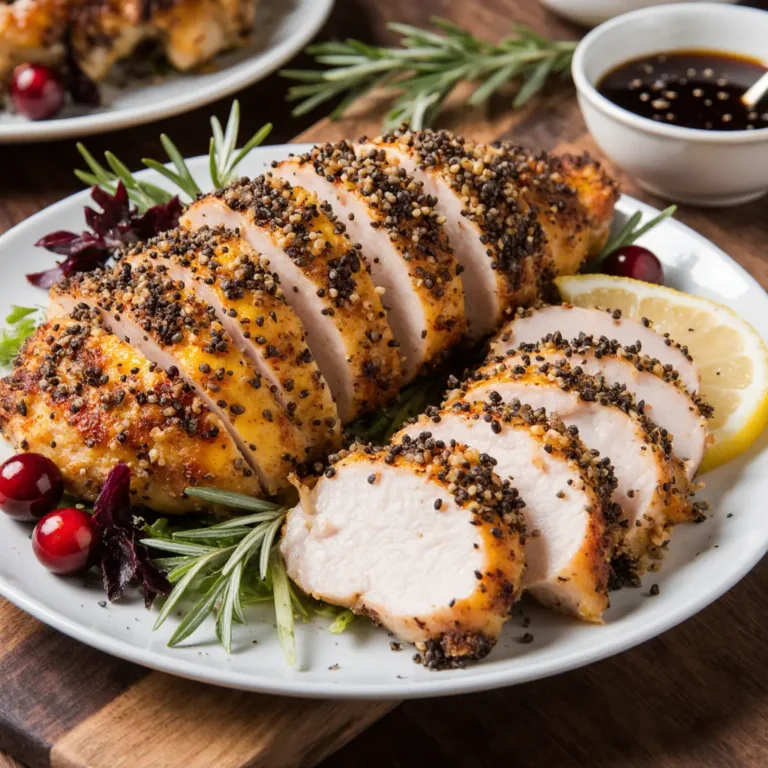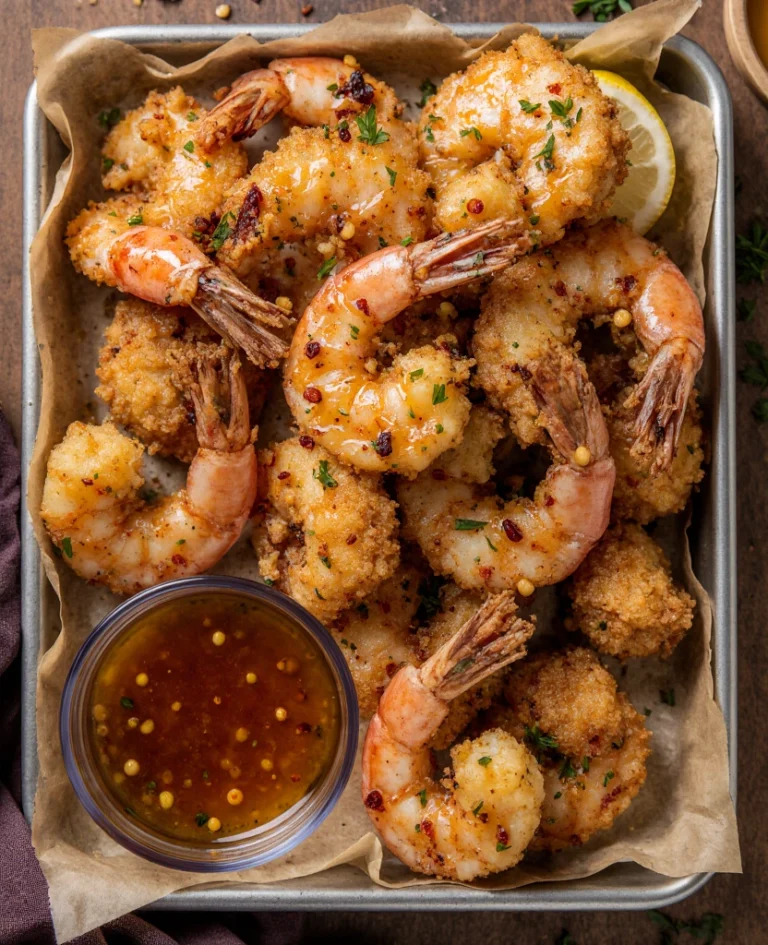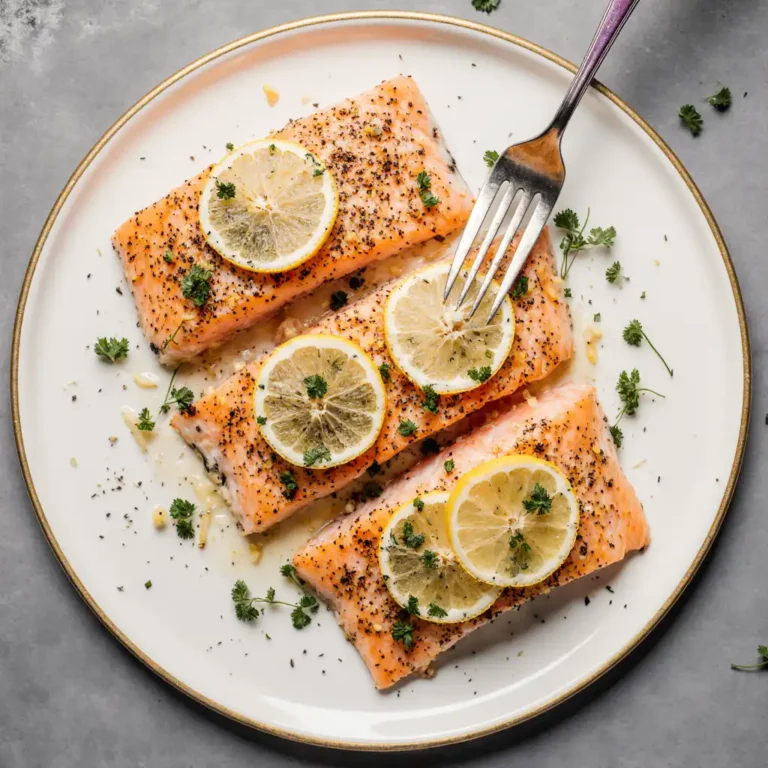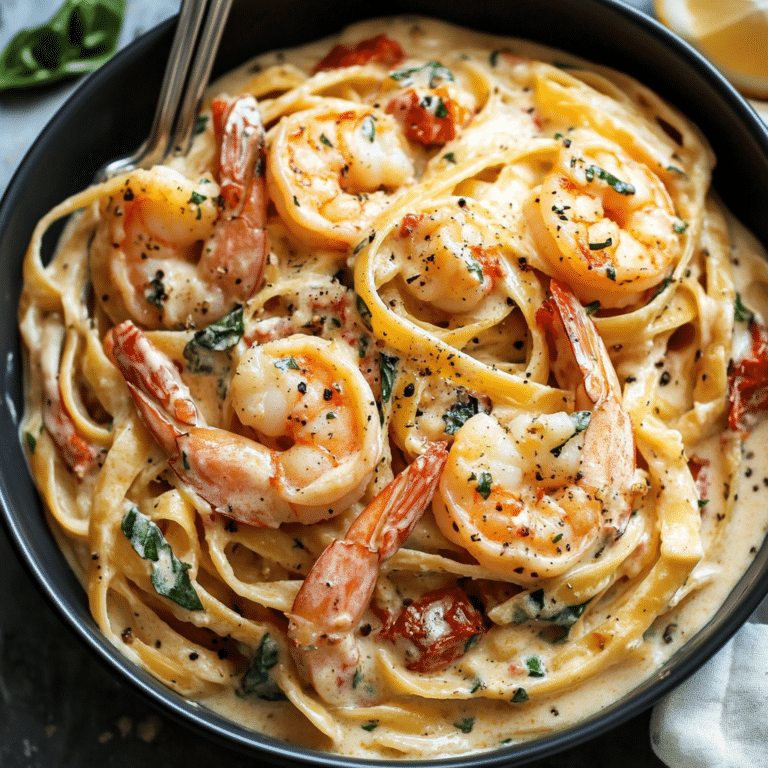High-Protein Dinner Ideas for Weight Loss You’ll Love
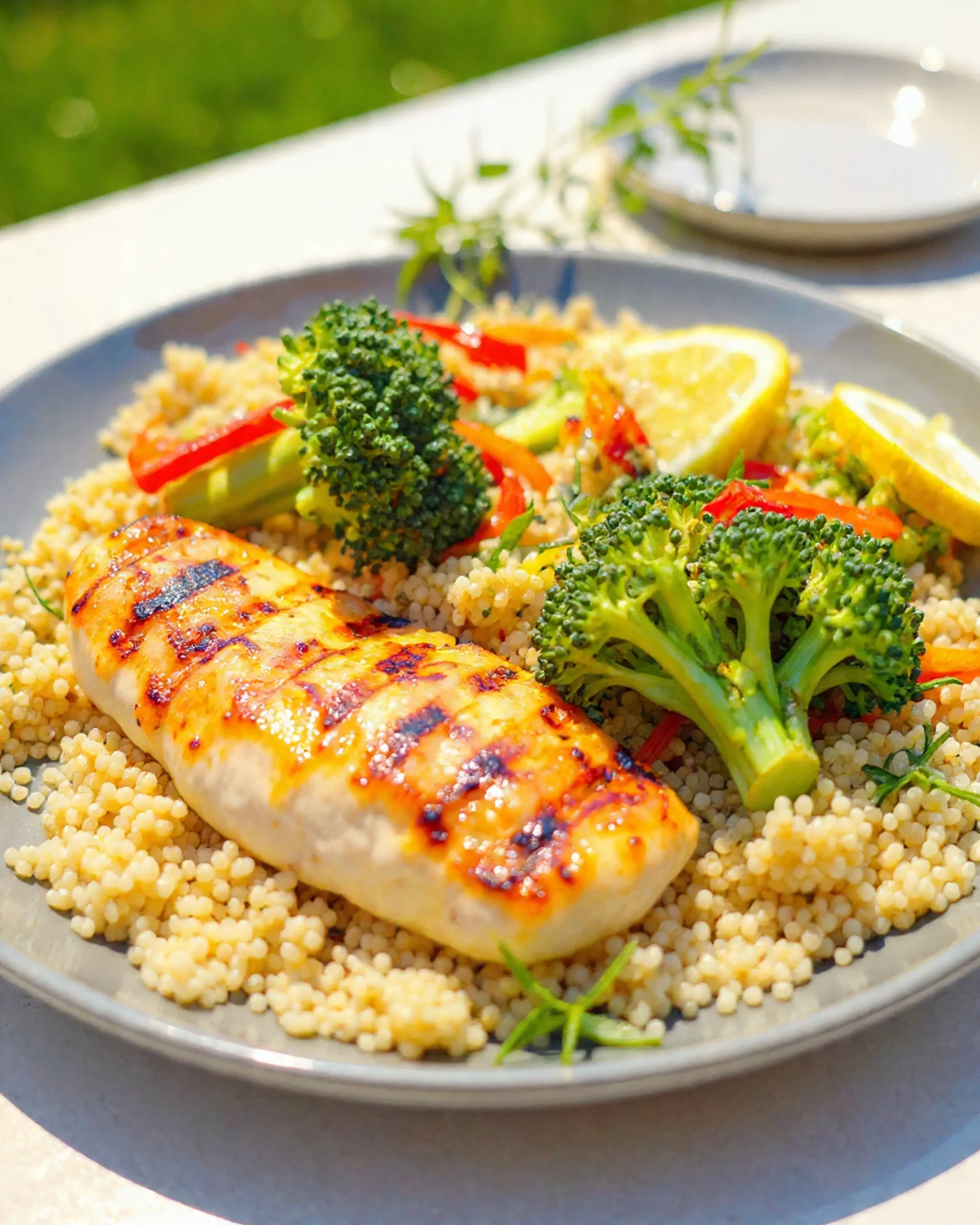
High-Protein Dinner Ideas for Weight Loss: Fuel Your Evenings Right
Ever wondered why some dinner meals leave you feeling hungry an hour later, while others keep you satisfied until breakfast? A high-protein dinner can be the secret to unlocking sustained fullness and accelerating your weight loss journey. Many people assume that cutting calories alone leads to effective weight loss, but the truth is, what you eat is just as important as how much. Incorporating protein-rich meals after a long day not only helps repair muscles and boost metabolism but also curbs late-night snacking—a common stumbling block for anyone trying to shed pounds.
In this post, we’ll explore practical, delicious high-protein dinner ideas for weight loss that are easy to make and kind to your waistline. Whether you’re a beginner in the kitchen or a seasoned cook looking for new inspiration, these meals can boost your health goals while satisfying your taste buds.
Ingredients List: Building Blocks of Protein-Packed Dinners
To maximize both flavor and nutritional value, here’s a curated list of typical ingredients for high-protein dinner recipes, along with smart substitutions to cater to different dietary needs:
- Lean Proteins:
- Chicken breast (skinless)
- Turkey breast
- Salmon or canned tuna
- Lean cuts of beef (sirloin, tenderloin)
- Plant-based proteins (tofu, tempeh, edamame)
- Legumes (lentils, black beans, chickpeas)
- Vegetables:
- Leafy greens (spinach, kale, arugula)
- Cruciferous veggies (broccoli, cauliflower, Brussels sprouts)
- Bell peppers, zucchini, mushrooms
- Whole Grains & Complex Carbs:
- Quinoa
- Brown rice
- Sweet potatoes
- Barley
- Flavor Enhancers & Fats:
- Garlic, onions, fresh herbs (parsley, basil, thyme)
- Olive oil or avocado oil
- Low-sodium soy sauce or tamari (gluten-free)
- Spices (paprika, cumin, black pepper, chili flakes)
Dietary Alternatives:
- Swap chicken or beef for plant-based proteins like tempeh or seitan for vegetarians/vegans.
- Use cauliflower rice instead of grains to lower carb intake if desired.
- Choose wild-caught salmon for omega-3 benefits versus farmed options.
Timing: Efficient Prep for Maximum Flavor
- Preparation Time: 10–15 minutes
Visualize chopping fresh vegetables while the protein marinates, releasing its rich aromas—a sensory prelude to a nourishing meal. - Cooking Time: 20–30 minutes
Your high-protein dinner simmers, grills, or sautés to tender, mouthwatering perfection. This stage fills your kitchen with enticing scents that promise satisfaction. - Total Time: Approximately 30–45 minutes
Perfect for busy weeknights, combining health benefits without compromising convenience.
Step-by-Step Instructions for a Pro-Level Meal
Step 1: Marinate Your Protein
Use a simple blend of olive oil, minced garlic, lemon juice, and your favorite herbs. Let lean chicken or tofu soak up flavors for at least 10 minutes, or overnight in the fridge for deeper tastes.
Chef’s Tip: For extra moisture in lean cuts, try marinating with Greek yogurt mixed with spices, which helps tenderize without adding calories.
Step 2: Prepare Your Veggies
Wash and chop vegetables into uniform pieces for even cooking. If using cruciferous vegetables, blanching briefly can maintain crunchiness and bright color.
Chef’s Tip: Roast vegetables in the oven with a drizzle of olive oil and a sprinkle of sea salt to develop caramelized flavors.
Step 3: Cook Your Protein
For chicken or turkey breasts, grill over medium heat for 6–8 minutes per side until the internal temperature reaches 165°F (74°C). Plant-based proteins, like tofu, can be sautéed until golden.
Chef’s Tip: Avoid overcooking to keep protein moist and tender.
Step 4: Combine and Season
Toss protein and vegetables together with cooked quinoa or sweet potatoes, and add fresh herbs and a squeeze of lemon for brightness.
Step 5: Serve Warm
Plate generously and enjoy with a side salad or steamed greens for added fiber and nutrients.
Nutritional Information: What You’re Really Eating
- Calories: Approximately 400–500 per serving (varies by recipe)
- Protein: 30–40 grams
- Carbohydrates: 30–40 grams (mostly complex, fiber-rich)
- Fat: 10–15 grams (mostly unsaturated)
- Fiber: 7–10 grams
- Vitamins: Rich in B vitamins, vitamin C, and potassium
- Minerals: Excellent source of iron, magnesium, and omega-3 fatty acids (if using fish)
These macros offer a balanced approach ideal for weight loss by preserving lean muscle and supporting metabolism.
Healthier Alternatives: Nutritious Tweaks for Every Palate
- Swap heavy cream sauces for Greek yogurt-based dressings to cut saturated fat and add probiotics.
- Use spiralized vegetables like zucchini noodles in place of pasta for fewer carbs but added fiber.
- Replace white rice with cauliflower rice to lower the glycemic index.
- Opt for wild salmon or sardines to boost omega-3 content.
- Try lentils or black beans instead of meat for plant-powered protein and increased fiber.
Serving Suggestions: Elevate Your Protein-Packed Meal
- Pair your protein with citrusy salads (think arugula, grapefruit, and toasted almonds).
- Serve grilled high-protein skewers alongside roasted root vegetables and a chimichurri dip.
- Incorporate seasonal herbs and edible flowers for visual appeal.
- For cooler months, complement meals with a warm lentil soup or spicy turmeric-infused broth.
- Add a fermented side like kimchi or sauerkraut to aid digestion and balance gut health.
Common Mistakes to Avoid
- Overcooking Protein: Leads to dry, flavorless dishes; use a meat thermometer and cook just until done.
- Skipping Vegetables: Downsizing veggies reduces fiber and micronutrients critical for weight loss and overall health.
- Using High-Calorie Dressings or Sauces: Can add hidden sugars and fats that sabotage progress.
- Neglecting Portion Control: Even healthy meals can stall results if portions are too large.
- Ignoring Meal Timing: Eating dinner too late or too large can disrupt sleep and digestion.
Storing Tips: Keep Your High-Protein Dinners Fresh
- Store leftovers in airtight containers and refrigerate promptly within two hours to maintain food safety.
- Use within 3–4 days for best texture and flavor.
- Freeze portions (especially cooked proteins and grains) in meal prep-friendly containers to save time and reduce waste.
- Reheat gently on low heat or in a microwave covered to preserve moisture without drying out protein.
Conclusion
Including high-protein dinner options in your meal planning helps manage hunger, supports muscle retention, and accelerates weight loss. By combining lean proteins, fiber-rich veggies, and wholesome grains, you set yourself up for success without sacrificing flavor or satisfaction. Ready to try these ideas? Share your experiences or favorite recipes in the comments below, and don’t forget to subscribe for more kitchen inspiration!
FAQs
Q1: How much protein should I aim for at dinner for weight loss?
Aim for about 30–40 grams of protein in your evening meal, which helps promote fullness and muscle maintenance.
Q2: Are plant-based proteins as effective for weight loss as animal proteins?
Absolutely! Plant proteins like lentils, chickpeas, and tofu provide ample protein and fiber, which are essential for satiety and weight management.
Q3: Can I prepare these high-protein dinners in advance?
Yes! Many of these recipes store well for 3–4 days in the fridge and can be frozen. Meal prepping saves time and ensures you stick to your nutrition goals.
Q4: What are some low-calorie sauces I can add?
Try salsa, mustard-based dressings, lemon juice, or a yogurt and herb sauce as flavorful, low-calorie options.
Q5: Will eating a high-protein dinner interfere with my sleep?
On the contrary, protein-rich dinners can stabilize blood sugar and promote the production of sleep-supportive amino acids like tryptophan. Just avoid heavy meals right before bedtime.
For more healthy dinner inspiration, check out our guide on Easy Low-Carb Dinners and our Ultimate Guide to Meal Prepping. Let’s make each dinner count toward your wellness journey!

